Command Line Protocol Service Profile SM CLP Command Mapping Specification
This specification contains the requirements for an implementation of the SM CLP to provide access to, and implement the behaviors of, the CLP Service Profile.

This specification contains the requirements for an implementation of the SM CLP to provide access to, and implement the behaviors of, the CLP Service Profile.

This specification contains the requirements for an implementation of the SM CLP to provide access to, and implement the behaviors of, the SMASH Collections Profile.

This specification contains the requirements for an implementation of the SM CLP to provide access to, and implement the behaviors of, the SM CLP Admin Domain Profile.

The information in this specification, combined with the SM CLP-to-CIM Common Mapping Specification 1.0, is intended to be sufficient to implement SM CLP commands relevant to the classes, properties, and methods described in the Sensors Profile using CIM operations.

The use of containers and microservices have been increasingly implemented in organizations. This increase in popularity can be attributed to the ease with which they move through a lifecycle allows for efficient restart, scale-up or scale-out of applications across clouds. However, these unique characteristics also mean there are distinct security ramifications which must be considered. The mission of the CSA Application Containers and Microservices working group is to conduct research on the security of application containers and microservices and publish guidance and best practices for the secure use of application containers and microservices. This working group is building upon the work done by the joint NIST/CSA Applications Container Security Guidance Developed by the NIST Cloud Security Working Group.
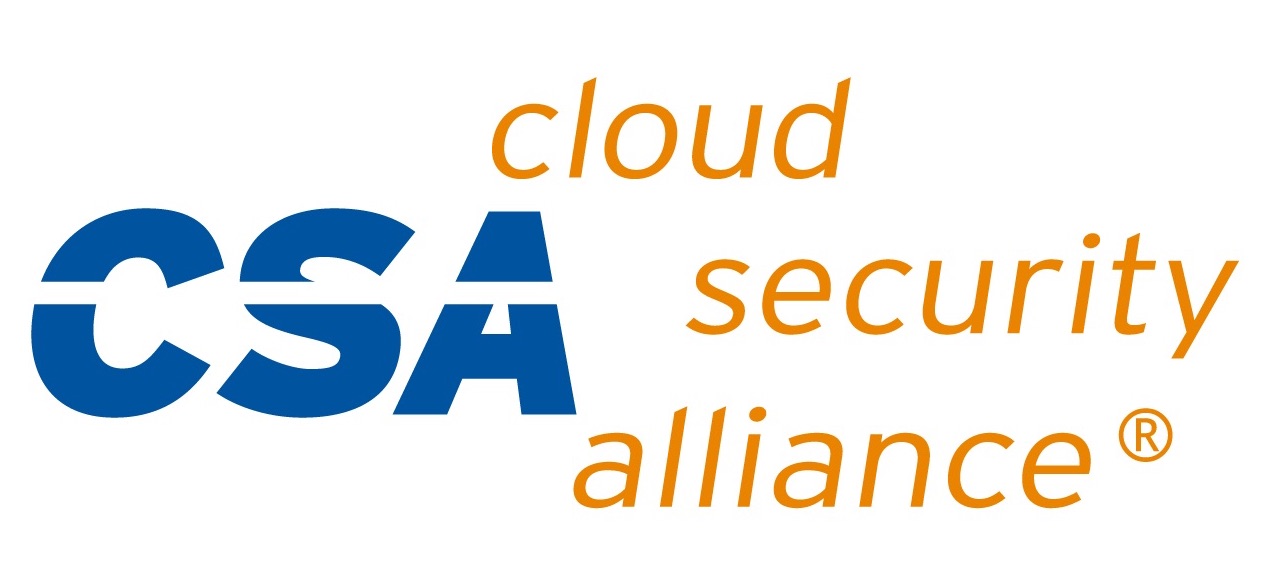
Given the longstanding and fervent belief in the value for incident sharing, new advancements in enabling technology, and the promising shifts in the legal landscape, the Cloud Security Alliance believes now is the time to act. For this reason we introduce the Cloud Cyber Incident Sharing Center or Cloud-CISC.
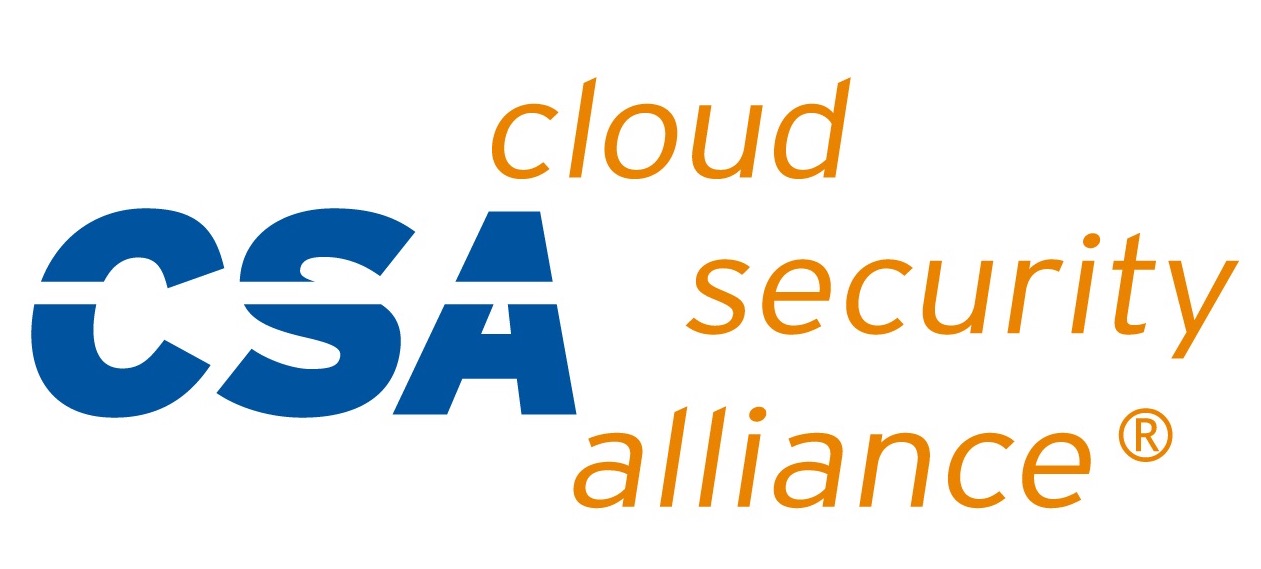
From a user perspective, Cloud is a service. However, for Cloud Service Providers, integrators and channel partners who construct or build the Cloud, the Cloud architecture is comprised of many Cloud computing components. Examples of these components are hypervisors, Cloud operating systems components such as “Swift”, “Glance” for OpenStack, virtual desktop infrastructure platforms, cloud dedicated firewalls and so on. How can we evaluate the security of these Cloud components? Currently, most of the security standards related to Cloud Computing focus on the information security management system. However, these standards are insufficient to evaluate cloud component security because they focus on management security rather than the technical security requirements of the components. In order to address this gap, the Cloud Component Specifications working group proposes to develop internationally recognized technical security specifications for cloud components.
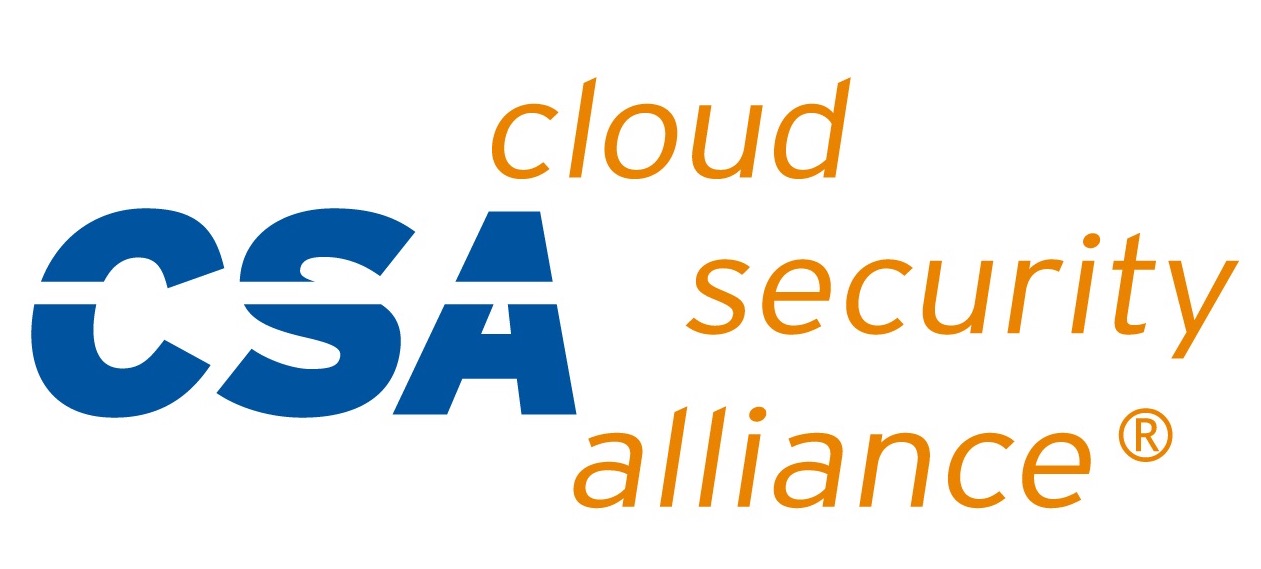
The Enterprise Resource Planning (ERP) WG seeks to develop best practices to enable organizations that run their business on large ERP implementations, such as SAP or Oracle applications, to securely migrate to and operate in cloud environments. Every ERP deployment is something that is unique to each organization. In most cases organizations spend months if not years customizing their SAP or Oracle implementations and also spend a significant amount of money with third party contractors to get the implementations done. This makes standard security measures more difficult to implement due to the differences of each deployment. With the complexity of these large implementations, combined with the criticality of data and processes housed in these applications, it is imperative that industry best practices be established to provide companies with security guidelines when migrating to the cloud in order to protect the organization’s critical infrastructure.
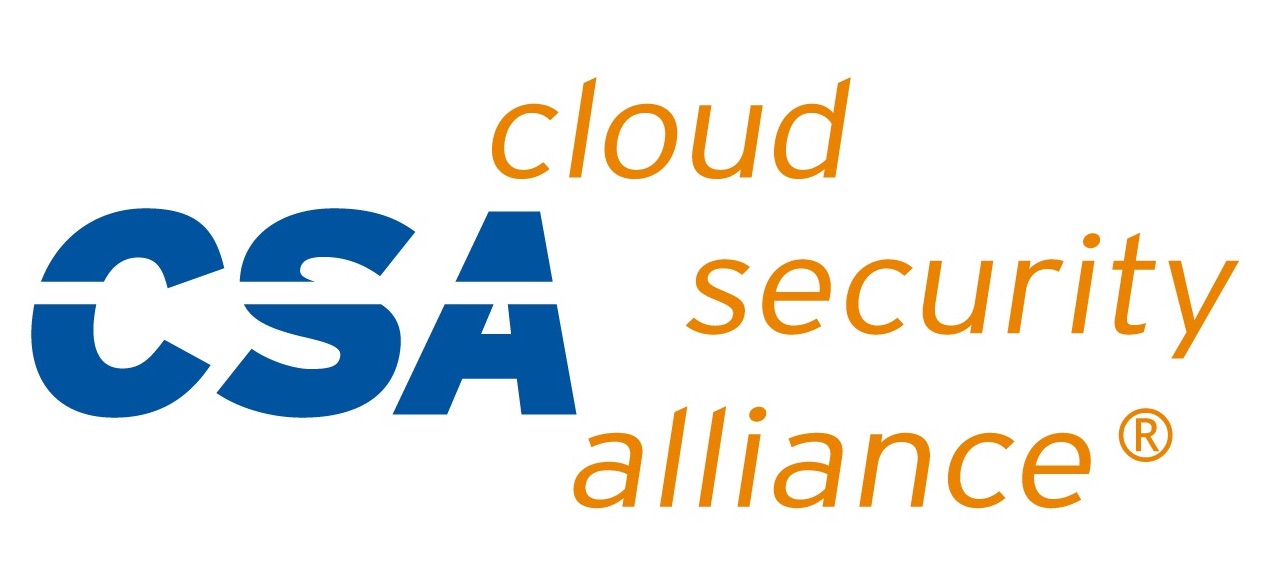
Standardization in the field of Sustainable Cities and Communities will include the development of requirements, frameworks, guidance and supporting techniques and tools related to the achievement of sustainable development considering smartness and resilience, to help all Cities and Communities and their interested parties in both rural and urban areas become more sustainable.
Note: TC 268 will contribute to the UN Sustainable Development Goals through its standardization work.
The proposed series of International Standards will encourage the development and implementation of holistic and integrated approaches to sustainable development and sustainability.
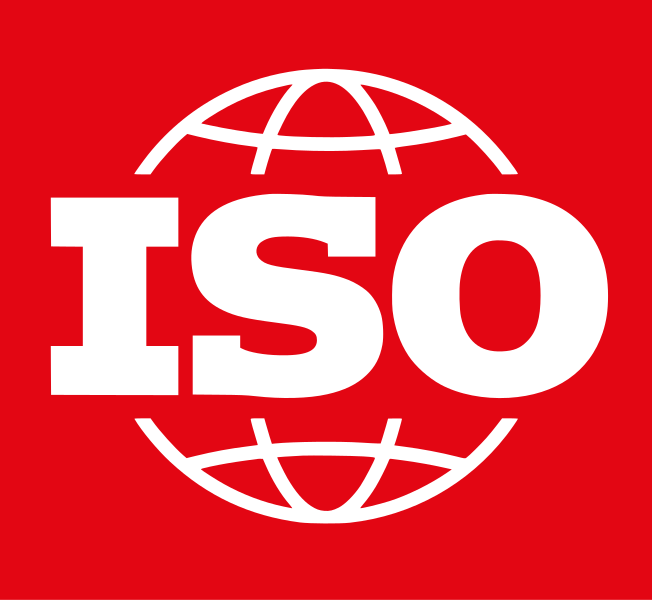
This document defines requirements for short-range communication for the purposes of compliance checking in autonomous electronic fee collecting systems. Compliance checking communication (CCC) takes place between a road vehicle's on-board equipment (OBE) and an interrogator (roadside mounted equipment, mobile device or hand-held unit), and serves to establish whether the data that are delivered by the OBE correctly reflect the road usage of the corresponding vehicle according to the rules of the pertinent toll regime.
The operator of the compliance checking interrogator is assumed to be part of the toll charging role as defined in ISO 17573-1. The CCC permits identification of the OBE, vehicle and contract, and verification of whether the driver has fulfilled his obligations and the checking status and performance of the OBE. The CCC reads, but does not write, OBE data.
